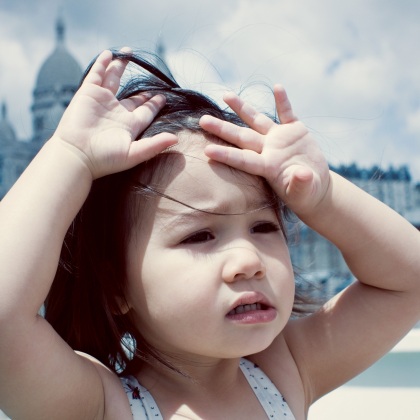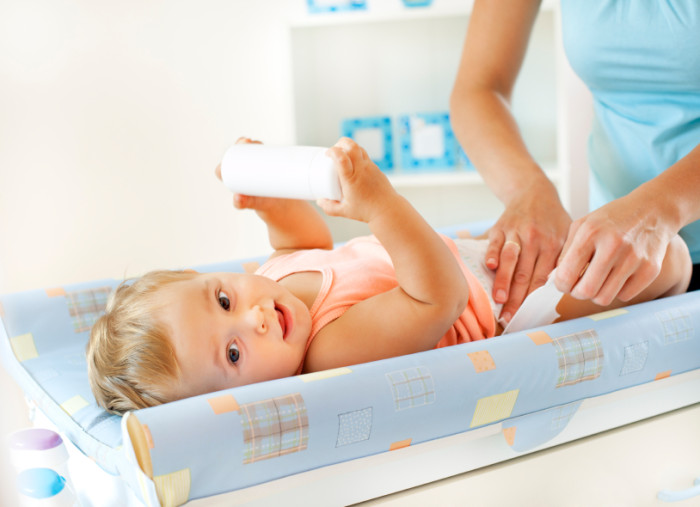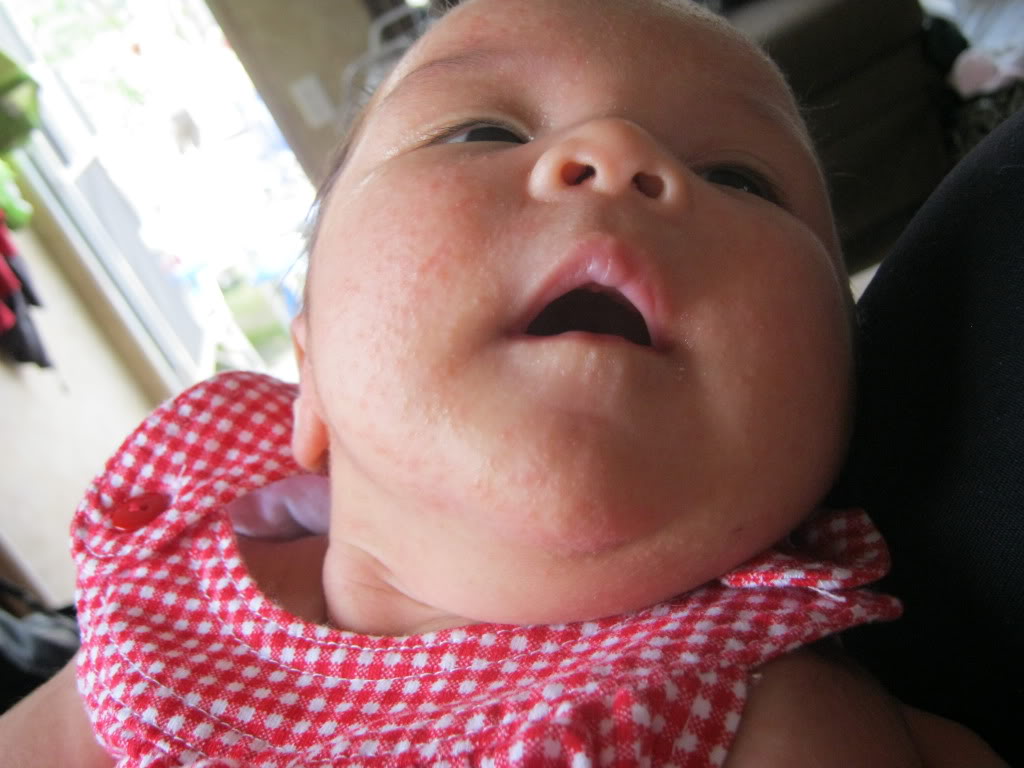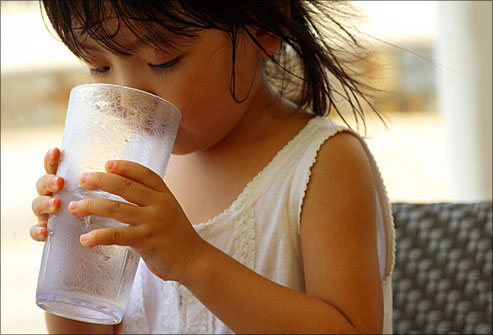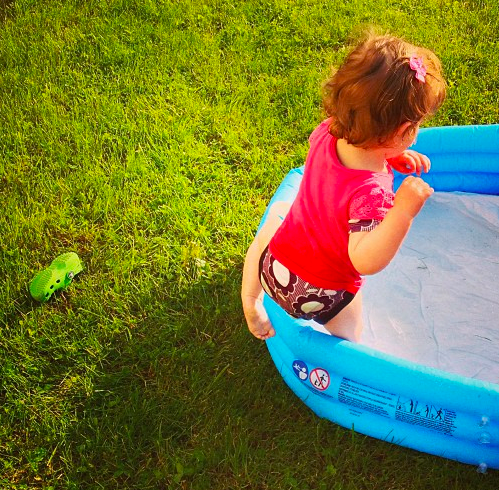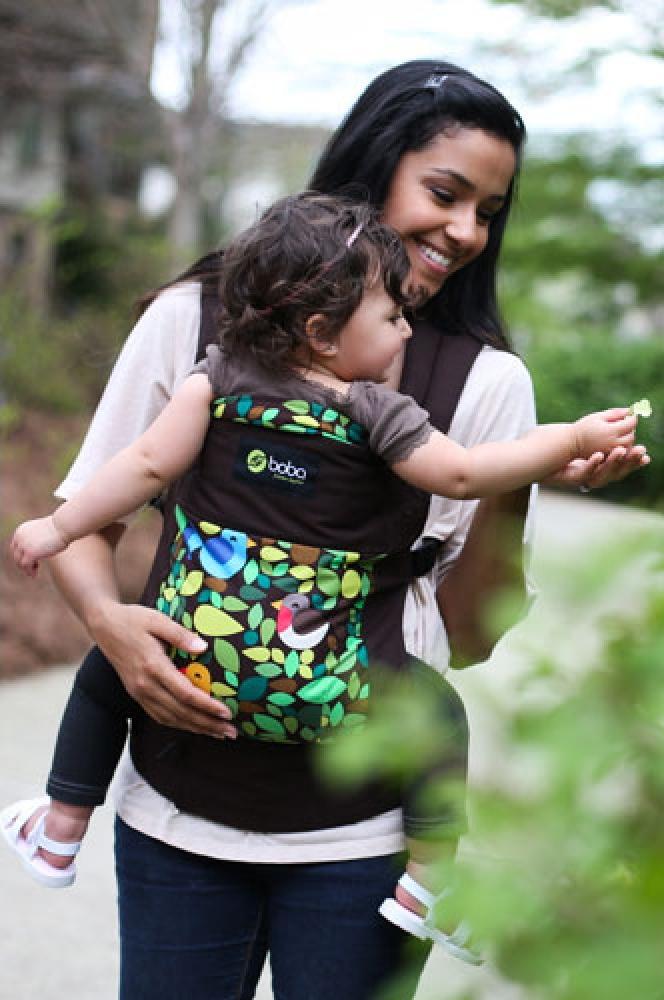12 Ways To Keep Your Kids Cool (And Less Cranky!) During A Heatwave
Hydration and air circulation is key!
The recent heat spell and haze has been quite overwhelming. It's important to note that young children - especially babies - are more prone to overheating compared to adults!
Infants exposed to hot conditions can be vulnerable to a painful and damaging sunburn or heatstroke, which has been linked to sudden infant death syndrome (SIDS), a fatal sleeping disorder.
"Babies sleep deeply when they're hot, making them difficult to arouse, which may increase the risk of SIDS," explains Bruce Epstein, M.D., a pediatrician in Pinellas Park, Florida.
With that said, it can be tricky to keep the young ones safe and comfortable in extreme heat. Here are some things to take note of to help them cool down:
1. Dress them in loose-fitting and lightweight clothing, preferably made from cotton and in light colours
If you're staying indoors, dress your infant or young children in light, loose clothing such as a singlet or loose top with shorts. Avoid synthetic fabrics such as polyester as they trap heat and can be very uncomfortable for your kids and may even cause prickly heat rashes. Instead, opt for natural fibers like cotton, which absorbs perspiration much better.
If you're going outdoors, make sure to cover as much skin as possible to prevent exposure to harmful UV rays. Put them in a loose, light-coloured long pants and long-sleeved top along with a wide-brimmed hat to shield their face. Avoid hats with elastic support as they may constrict blood circulation.
2. If your infant is wearing disposable nappies, keep them in a cool environment and dress them appropriately to prevent heat rashes
Diapers are much more convenient to use, but they will definitely keep your baby much warmer than cotton cloth nappies. The synthetic band of a diaper may give your baby a heat rash, especially since sweat tends to collect in that general area.
Get best deals and discounts using iprice coupons when you shop online for your kids and family.
3. Limit the use of talcum powder after bathing your children
Contrary to popular belief, using talcum powder on your infants or young children could sooner cause irritation and discomfort instead of keeping them cool. Powder on wet skin can cake up, so limit its use, especially near the nappy and neck.
Additionally, using prickly heat powder e.g. Snake Brand Cooling Powder may irritate their skin even more. If you still want to use it on your kids' bodies, use it sparingly and rub it in well, making sure they don't breathe in.
4. Use massage oils, lotions, and creams with care
Massage oils can trap heat and potentially give your child a heat rash or irritate their skin if it's not washed off properly. Alternatively, give them a dry massage or try cooling oils such as olive oil and coconut oil instead, but make sure to wash it all off during bath time.
Lotions and creams could also irritate their skin, but do put on sunscreen (as recommended by your doctor) to protect your infant's gentle skin from the sun's rays.
5. Look out for prickly heat rashes on parts of the skin that stay moist, like under the chin, nape of the neck, skin folds, and nappy area
Prickly heat rashes are small, raised red spots that cause an itchy, stinging, and/or prickling sensation on the skin. It can be very uncomfortable for babies and young children, who are more at risk of getting these rashes because their sweat gland are not fully developed yet.
Creams that prevent and treat nappy rash, such as Drapolene Cream, can be used on prickly heat rash prone areas to protect the skin. Changing your child's clothes often and giving them tepid baths can also help.
6. Keep your child hydrated throughout the day, even if they do not express discomfort
This goes without saying, but make sure your child is getting regular fluids throughout the day, especially before and after rigorous activity e.g. playtime. Avoid giving them sugary or fizzy drinks, but you can give them fresh fruit juices, infused fruit water, or let them suck on frozen fruit pieces if they ever get bored of plain ol' water.
If you have a baby younger than six month and you are breastfeeding exclusively, you do not have to give them water as they get enough liquid from your breastmilk. Note that they may want to feed more frequently than usual during the hot weather. You can also give them cooled boiled water in between feeds if they seem thirsty.
7. Pay attention to ventilation and air circulation, especially in the room where your child is sleeping in
Put your child in the coolest room in the house. Keep curtains and blinds closed during the day day to prevent the sun from heating up the room. You can hang wet towels over chairs or windows if it's stifling, as evaporating air from the wet materials will help the air to cool.
Before putting your child to bed, turn on the fan or AC so that the room is nice and cold by the time you're preparing them for bed. Make sure air can circulate around the bed or cot, keeping in mind that the fan or cool air should not blow directly into your child's face.
Things to avoid include thick padding and lining, pillows and mattresses your child can sink into, and waterproof sheets, as they can trap heat and potentially cause heat rashes. If you have to use waterproof sheets, line them with some cotton sheets and absorb perspiration.
Additional notes for babies: Try not to cover them with a thick blanket and opt for a single-layered cotton nappy or a well-secured sheet that won't work loose and cover their face or get entangled during the night. Keep bedclothes to a minimum. You can also use a nursery thermometer to monitor temperature; babies sleep most comfortably between 20°C to 26°C.
8. Use fans and air conditioning with caution
As mentioned above, make sure to keep your child away from direct cold air flow. Fans and AC should be used to facilitate air flow in the room, so try to maintain the temperature between 24°C to 26°C.
Also, avoid taking your infant to an air-conditioned room right after a bath, as they could quickly catch a cold if they are not well-protected from the chill. Switch on the AC only after your child is fully-clothed and their hair is dry. Make sure to dress them in thicker clothing if you plan to keep them in an air-conditioned room all day.
It is also not advisable to take your baby into warmer areas right after he has been in an air-conditioned room. Switch on the AC first and let them adjust to the warmth beforehand.
9. Bathe your child in lukewarm water and sponge them down regularly with lukewarm water. Alternatively, you can also let them cool off with some water play!
Babies and toddlers love to splash around, so you can put them in their bathtub or a small inflatable baby pool with a little water and some bath toys. Make sure to supervise them at all times (babies can drown even if it's just a few inches of water) and keep them in the shade if you're using a pool.
10. It is best to stay indoors during the hottest hours of the day i.e. between 10.00am to 2.00pm. If you absolutely have to go out, seek out shade whenever you can!
Instead, take your child out early in the morning or late in the evening when the sun is not out in full force. If you really need to step out in the afternoon, ensure that your baby and young children are well protected.
Besides arming them with well-covered clothing and a sun hat to protect their gentle skin from the sun, you can also attach a parasol or sunshade to the pram or carrier to keep them out of direct sunlight and apply high factor sunscreen made especially for babies and children.
11. Use a hot weather-friendly carrier and/or stroller
The combination of your body heat and the carrier's confining space can make an infant hot and bothered within a matter of minutes. Choose a carrier made from lightweight nylon rather than a heavy fabric like denim. If a child's face starts to look flushed, remove her from the carrier at once.
Remove any excess padding from the pram as it can get very hot inside. Alternatively, you can place a cotton sheet in the pram as lying on cotton will be less hot than on the pram's synthetic covering. If your child falls asleep in the pram, keep an eye on them as prams can become hot and airless.
12. Be extra careful when travelling with an infant or young children in a car. Most importantly, never leave them unsupervised, even if the air-conditioning is on!
Temperatures inside a parked car can rise very, very quickly even when the windows are open, and babies can still get stressed from the heat even if the air-conditioning is on. Overheating can lead to heatstroke, which can be fatal to children and especially babies, so don't leave them behind!
Try to travel by car in the coolest part of the day (early morning) and keep the car cool using air-conditioner or opening the windows. Make sure the sun is not shining on your child throughout the journey, as the ray could burn their skin even through the windows. Don't cover their car seat/capsule with a towel to shade them from the sun as it will restrict air movement around them, making them feel hotter.
Additionally, only use car seats as a place of sleep in the car, not at home. Once you are indoors, put your infant into their cot.
